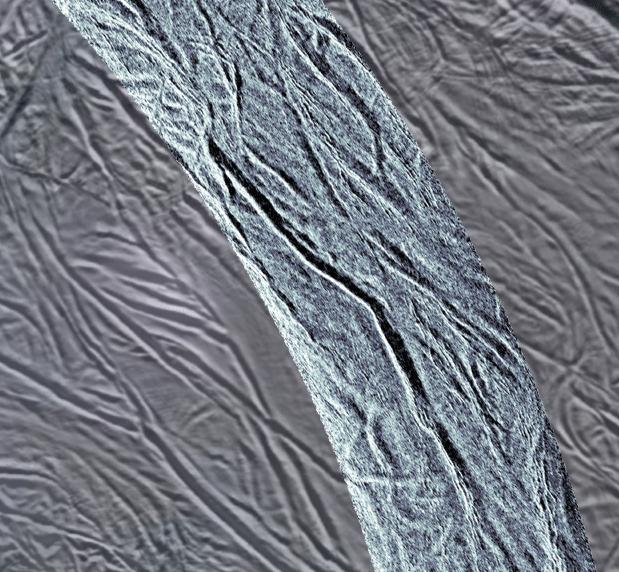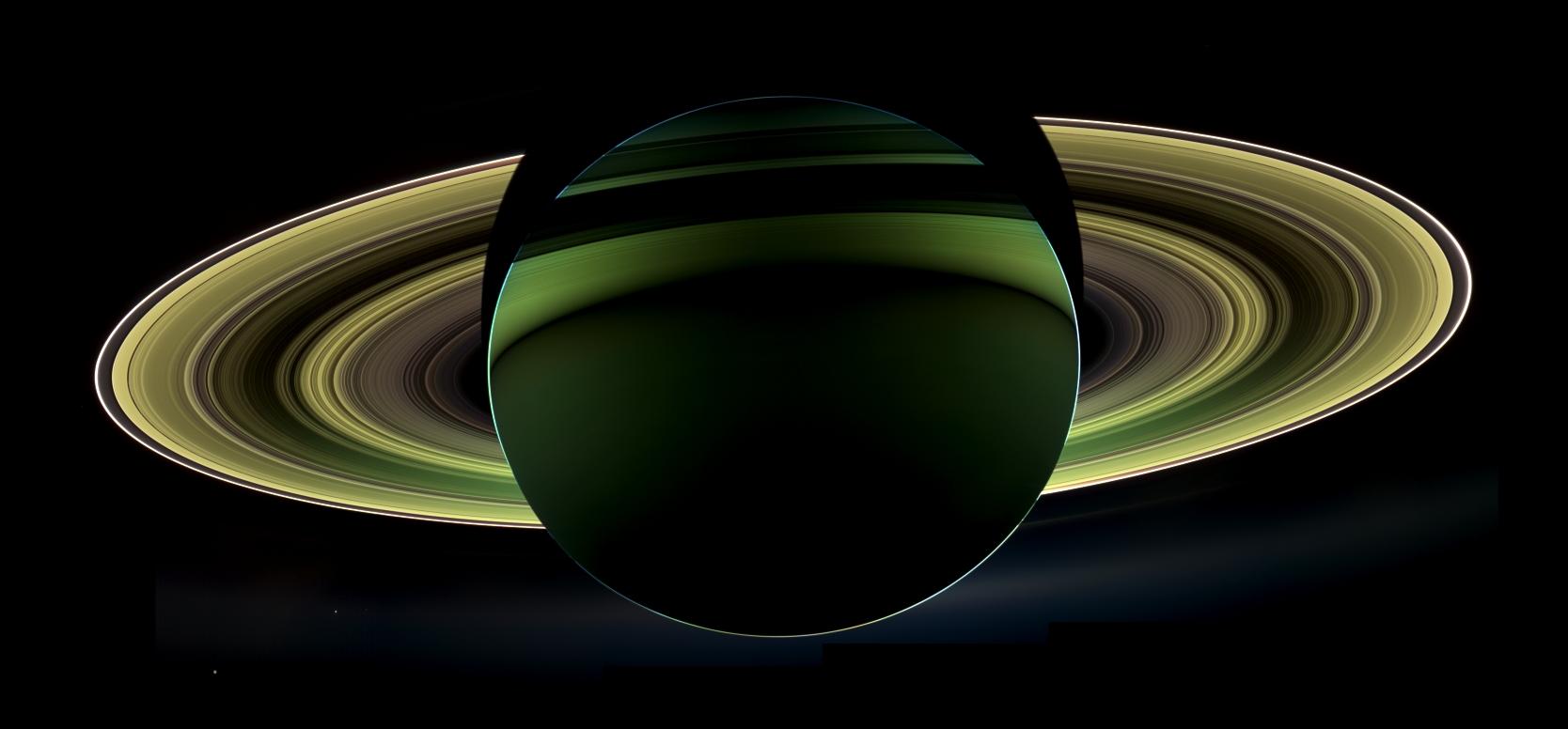3 min read
Todd J. Barber, Cassini lead propulsion engineer
It's challenging enough to cover weekly the latest news from our intrepid explorer at Saturn. Thanks to my participation in an annual propulsion conference last week in Cincinnati, two weeks worth of news must be discussed in a few paragraphs--an impossible task. A certain highlight from the period was the successful Titan-34 flyby at 1332 kilometers (828 miles) in altitude. The suite of Cassini remote sensing instruments were active during this encounter with Saturn's largest moon, but the primary science goal was to perform a bistatic observation using the Radio Science Subsystem (RSS). Bistatic scattering measurements offer the chance to scrutinize the physical state and composition of the Titan surface, this time for the area just west of the Huygens landing site. We look forward to the results from this last RSS bistatic observation of the Cassini primary mission.
One of Saturn's most perplexing moons, Iapetus, took center stage in the last few weeks. A recent press release and article in the respected journal "Icarus" reported that Iapetus' basic shape, including its "belly bulge" equatorial mountains, froze within a few hundred million years of its formation and have remained unchanged in the billions of years since that time. This is unique to Iapetus vs. all other moons known in the solar system, and the age of Iapetus was calculated from this work as well--a mature 4.564 billion years, give or take. This suggests that Iapetus formed near the dawn of the solar system's genesis, and this cosmic "black-and-white cookie" just begs further explanation. Fortunately, the wait is now brief for a return visit to this icy orb--Cassini will flyby Iapetus on September 10, 2007, a mere 1000 kilometers (620 miles) from the surface. This is one hundred times closer than our previous closest approach to this moon, so it will literally be like encountering this world anew, arguably one of the most bizarre vistas in the solar system.
To close out the latest news from Saturn, our knowledge of the number of known Saturnian moons has passed a milestone. Recently, the ringed planet's 60th known satellite was discovered, thanks to Cassini. It is a small world orbiting Saturn between the more familiar satellites Methone and Pallene, and it marks the fifth Saturnian satellite discovered by the Cassini imaging team. If these discoveries continue, it's possible Saturn could dethrone mighty Jupiter as "King of the Planets" at least with respect to the number of known satellites!







